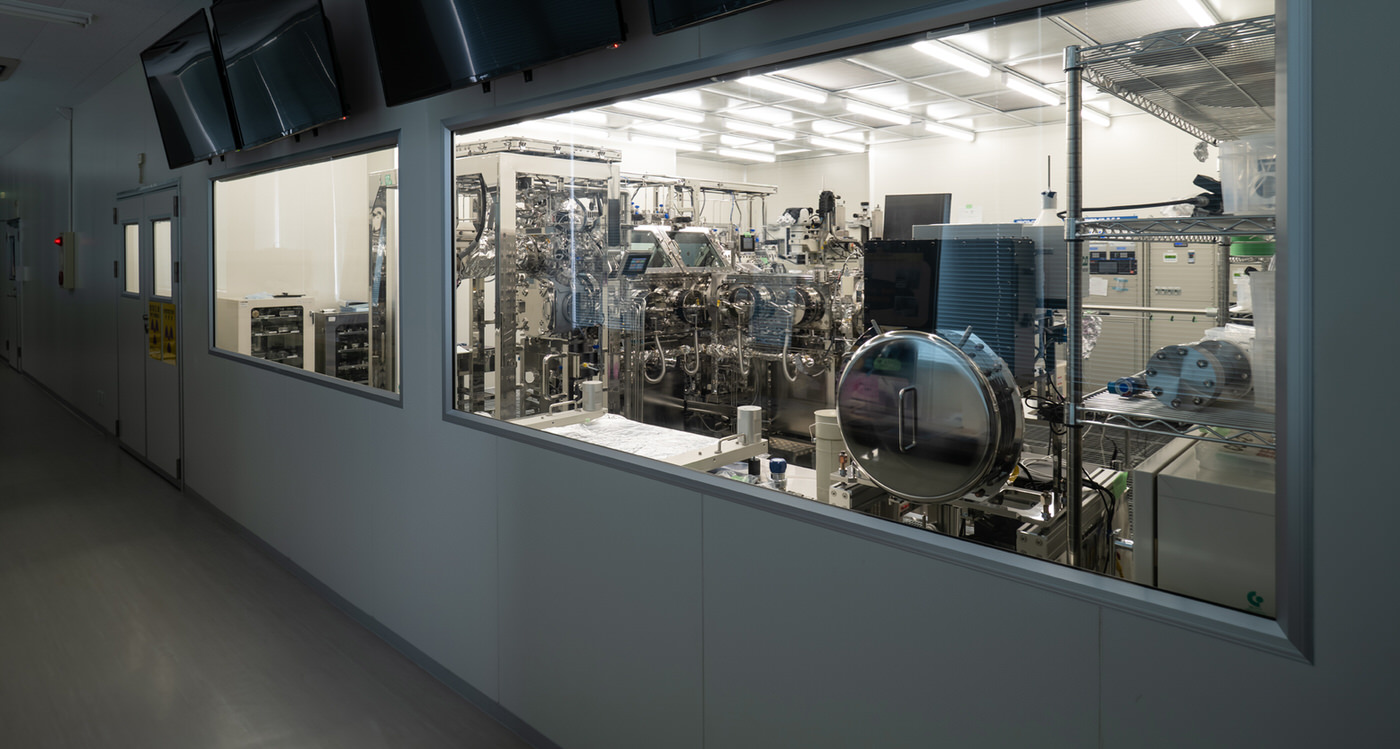Curation
OSIRIS-REx Curation
OSIRIS-REx Curation

Preparation for Acceptance of the OSIRIS-REx Return Sample
The OSIRIS-REx mission was conducted as NASA's first-ever asteroid sample return project. On October 20, 2020, the OSIRIS-REx spacecraft successfully collected geological samples at the Nightingale site on the asteroid Bennu, and on September 24, 2023, it returned the samples to Earth. Under a Memorandum of Understanding (MOU) between JAXA and NASA, JAXA will receive 0.5% of the total weight of the Bennu samples acquired by NASA. The distribution is planned to take place within one year of the return to Earth.
As part of the extended mission of Hayabusa2, Astromaterials Science Research Group (ASRG) is preparing to accept Bennu samples by establishing curation facilities. The curation objectives at JAXA are to leverage the experience gained from Hayabusa2 for efficient and cost-effective implementation and to use this experience ambitiously and innovatively in the future. Currently, cleanrooms and clean chambers are under development.
Cleanroom
The curation facility in JAXA has been set up following the requirements for the “Hayabusa” mission. The curation facility at JAXA had originally been set up following the requirements for the “Hayabusa” mission. Initially, plans included the option to convert a second area into a cleanroom for Hayabusa2. However, the third space was a regular office room, and not initially planned for cleanroom conversion. This area therefore had to be refurbished and converted into a cleanroom environment for OSIRIS-REx. The cleanroom operation office, with a general office environment, has been refurbished and converted into a cleanroom environment. Similar building materials as the “Hayabusa” and Hayabusa2 cleanrooms have been used and the cleanliness level is maintained at an equivalent ISO Class 6. Improvements include introducing particle counters, optimizing the nitrogen gas system, and organizing exhaust ducts, resulting in a refined layout.


Clean Chamber
The specifications of the chamber for Hayabusa2 Ryugu samples serve as the basis, but due to the distribution of Bennu samples enclosed in nitrogen gas by NASA, the vacuum clean chamber used for opening and storing Ryugu samples was deemed unnecessary. Therefore, this chamber is exclusively designed for sample processing under a nitrogen atmosphere and allows curatorial staff to handle samples with gloves.
Additionally, for the acceptance of Bennu samples, glove boxes will be installed. While the clean chamber maintains a high level of cleanliness, the glove box allows for a certain level of cleanliness while minimizing sample contamination, enabling flexible analysis.

Initial Description
Similar to the curation process for Itokawa and Ryugu samples, Bennu samples are individually subdivided into dedicated containers at the curation center. An initial description is performed for each sample, and a sample catalog is created. The recorded items are similar to those for Ryugu samples, utilizing a balance, optical microscope, Fourier-transform infrared spectrometer (FTIR), and MicrOmega (infrared spectroscopic imager). These instruments allow non-destructive measurement and analysis of the samples without contamination. The balance measures the weight of the samples; the optical microscope confirms the samples’ appearance, color, and size. FTIR and MicrOmega record the features of water content and organic substances, which are not visible to the naked eye, by analyzing the reflection spectrum of infrared light. Enhancements have been made to enable comparison with the scientific data from Hayabusa2 and to evolve it further. Specifically, a microscopic system has been introduced to the FTIR, allowing analysis of samples smaller than 100μm challenging to curate Ryugu samples. Furthermore, improvements have been made to the sample stage of MicrOmega, allowing for analysis with adjusted sample tilting.

Collaboration with Science Teams
Demonstrations of comparative studies between Bennu and Ryugu samples and demonstration of sample recordings planned for the MMX project are expected to be conducted for the Bennu samples accepted by JAXA. These activities are anticipated to involve participants from the Hayabusa2 project’s initial analysis team and MMX sample’s initial recording team.
Additionally, ASRG is advancing expanded curation activities. In the future, various analyses, including the newly introduced X-ray CT scanner, will be combined to comprehensively determine and interpret the physical or chemical properties of the samples. Several Bennu samples will also undergo expanded curation activities for more coordinated and comprehensive analysis.
Plans
The initial recording will proceed in the first half of 2024, and the obtained information will be registered in a database for online publication. In the second half of the year, the distribution of samples through international research solicitations to researchers will commence. Simultaneously, considering the distribution of Ryugu samples, a framework for mutual comparative studies is under consideration. With the aim of advancing planetary science through return samples, participation from the research community is expected both domestically and internationally.
Techniques and Tools
Handling Tools
Handling tools for Bennu samples consist of those established for Ryugu sample curation. The scope and methods of handling will be progressed based on the methods used during Ryugu sample curation.
Environmental Evaluation and Contamination Control
One of the technical goals of OSIRIS-REx sample curation is to enhance environmental evaluation methods. Managing samples in a clean environment and minimizing contamination risks are crucial for sample curation. However, while high-level environments were established in the curation of Itokawa and Ryugu samples, there was room for improvement in quantitative evaluation and clear criteria.
For the acceptance of Bennu samples, the conventional clean chamber’s API-MS analysis will continue, and the evaluation of gloveboxes, which were previously unperformed, will be included. Additionally, the recently introduced GC-MS and ICP-MS will be used to conduct in-house analysis of organic and inorganic components regularly. These evaluation methods are currently under development. Based on the accumulating data, clear criteria for curation cleanliness are expected to be established and presented during future MMX curation.

Curation
Curation
- TOP
- OSIRIS-REx Curation
